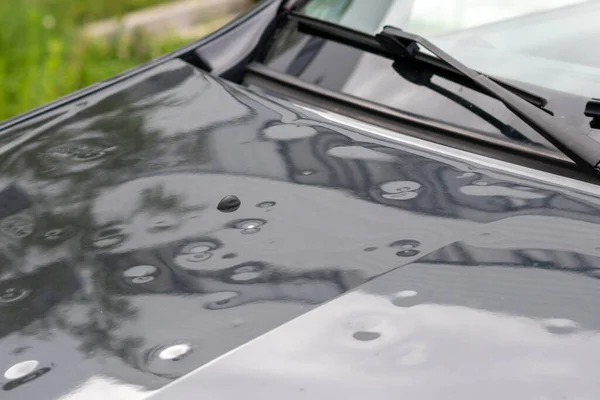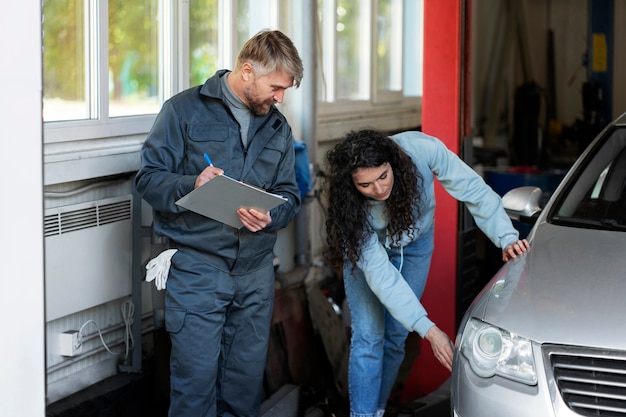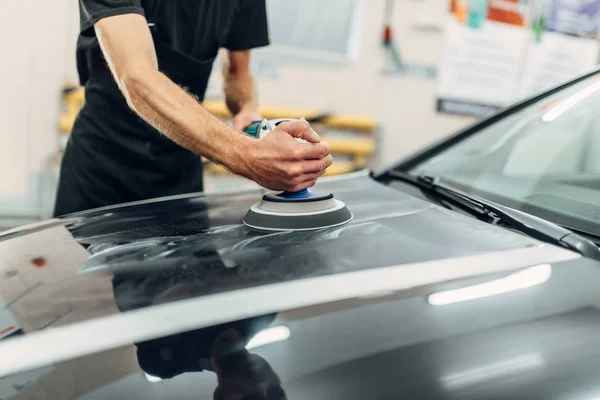Protecting Your Vehicle From Hail Damage: Prevention And Auto Hail Repair Strategies
Hailstorms are a natural phenomenon that can cause significant damage to vehicles, leading to costly repairs and extensive inconvenience. Protecting your vehicle from hail damage requires proactive measures, and understanding auto hail repair strategies can save you both time and money. This article will explore various methods to prevent hail damage and provide insights into effective repair strategies.
Understanding the Impact of Hail Damage
Hailstones vary in size from tiny pellets to large chunks of ice, some even as large as softballs. When these stones fall at high speeds, they can cause dents, cracks, and shattered windows, significantly depreciating your vehicle’s value and compromising its safety. The severity of damage depends on factors such as hailstone size, wind speed, and the duration of the storm.
Preventive Measures for Hail Damage
Use a Car Cover
Investing in a high-quality car cover can be one of the simplest and most effective ways to protect your vehicle from hail damage. Specialized hail protection covers are made from thick, padded materials designed to absorb the impact of hailstones, preventing dents and scratches.
Seek Shelter
Whenever possible, park your vehicle in a garage or under a carport during hailstorms. If you don’t have access to a covered parking area at home, consider finding alternative locations such as public parking garages or sheltered areas. During peak hail seasons, stay informed about weather forecasts to avoid leaving your vehicle exposed.

Portable Carports and Shelters
Portable carports and shelters can be a great solution for those without permanent covered parking. These structures can be easily set up and provide a reliable shield against hail. Ensure that the portable shelter is securely anchored to withstand strong winds accompanying hailstorms.
Blankets and Mats
In the absence of a specialized cover or shelter, using thick blankets or floor mats can offer temporary protection. While not as effective as dedicated hail covers, these items can still absorb some impact and reduce the extent of damage.
Auto Hail Repair Strategies
Despite taking preventive measures, there might be instances where your vehicle sustains hail damage. Understanding the available repair options can help you choose the most appropriate method to restore your vehicle.
- Paintless Dent Repair (PDR): Paintless Dent Repair (PDR) is a highly effective and popular method for repairing hail damage. This technique involves using specialized tools to massage and reshape the dented metal back to its original form without affecting the vehicle’s paint. PDR is ideal for minor to moderate dents and offers several advantages: PDR is typically more cost-effective compared to traditional repair methods. The repair process is faster, enabling you to get your vehicle back on the road sooner. Preserving the original paint helps maintain the vehicle's value.
- Traditional Auto Body Repair: For severe hail damage that PDR cannot address, traditional auto body repair methods may be necessary. This process typically involves filling dents, sanding, and repainting the affected areas. While this method can effectively restore your vehicle’s appearance, it is usually more expensive and time-consuming compared to PDR.
- DIY Repair Kits: For minor hail damage, DIY repair kits available in the market can be a viable option. These kits often include tools such as suction cups, glue, and pulling devices designed to remove small dents. While DIY kits can save money, they require a certain level of skill and may not always deliver professional results. It’s essential to follow the instructions carefully and consider the extent of damage before attempting DIY repairs.
Working with Insurance Companies
Navigating the insurance process after hail damage can be daunting, but understanding your policy and knowing how to work with insurance companies can streamline the process.

Review Your Insurance Policy
Before a hailstorm strikes, review your auto insurance policy to understand the coverage for hail damage. Comprehensive coverage typically includes hail damage, but it’s crucial to confirm the specifics of your policy, including deductibles and claim limits.
Document the Damage
After a hailstorm, thoroughly document the damage to your vehicle by taking clear, detailed photos from multiple angles. This documentation will be essential when filing an insurance claim and can help expedite the assessment process.
File a Claim Promptly
Contact your insurance company as soon as possible to report the hail damage and initiate the claim process. Provide all necessary documentation, including photos and any repair estimates you’ve obtained. Prompt action can prevent delays and ensure that your claim is processed efficiently.
Work with Trusted Repair Shops
Many insurance companies have preferred repair shops that they recommend for hail damage repairs. These shops are often vetted for quality and reliability. However, you also have the option to choose your repair shop. Ensure that the selected shop has experience with hail damage repairs and offers a warranty for their work.
Protecting your vehicle from hail damage involves a combination of preventive measures and understanding effective repair strategies. By using car covers, seeking shelter, and considering portable shelters, you can minimize the risk of damage. In the event that your vehicle does sustain hail damage, options such as Paintless Dent Repair and traditional auto body repair can restore its appearance and functionality. Working closely with your insurance company and trusted repair shops will further ensure a smooth and efficient repair process. Taking these steps will not only save you money but also preserve the value and longevity of your vehicle.
110 E 43rd St, Suite 120
Garden City, Idaho 83714, USA
Phone: (208)-251-5338

